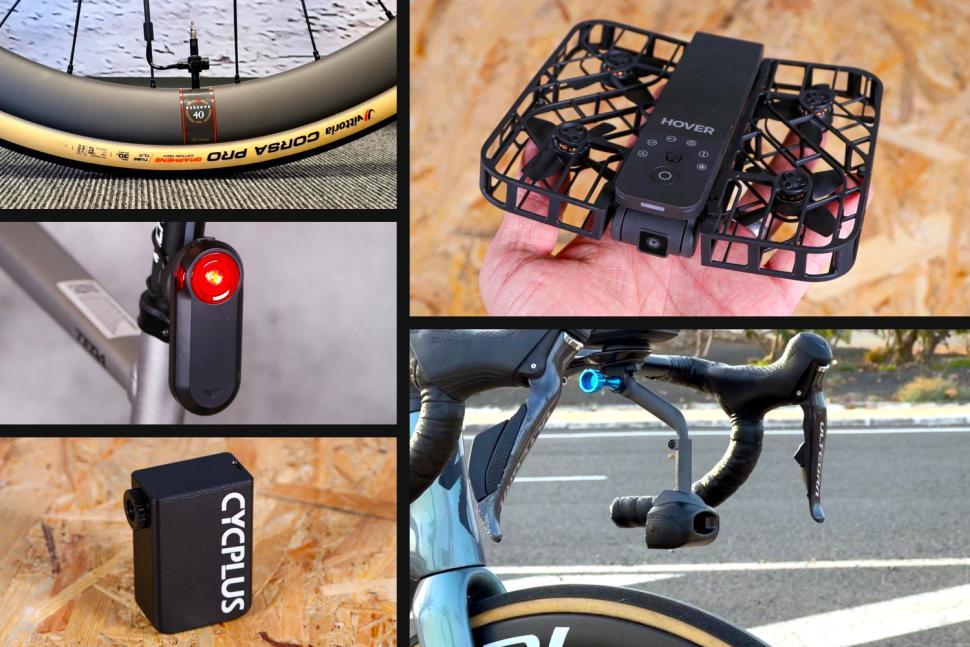Cycling on a Budget: Embracing Accessibility Over Expensive Gadgets
In an era where the cycling market is flooded with high-tech gadgets and premium-priced gear, the essence of biking as an accessible and cost-effective mode of transport is often overshadowed. With the average cyclist confronted by the allure of ÂŁ800 bikes and a plethora of accessories that promise to enhance the riding experience, it’s easy to forget that cycling has historically been a simple, budget-friendly activity. This article delves into the fundamental principles of cycling – a pursuit that prioritizes enjoyment, health, and sustainability over extravagant spending. As cities worldwide invest in cycling infrastructure and communities rally around green transportation, it becomes paramount to remind both novice and seasoned riders that one need not break the bank to enjoy the thrill of pedaling. By embracing the notion that cycling can be both inexpensive and rewarding, we can foster a more inclusive culture that invites everyone to experience the freedom of the open road without the burden of financial strain.
Affordable Cycling Solutions for Everyone
Cycling has long been perceived as an elite activity, with high-end bikes and gadgets commanding steep prices. However, the reality is that everyone can enjoy the thrill of riding without breaking the bank. Local bike shops often offer affordable options, ranging from used bicycles to basic models that are just as functional. Consider these cost-effective adjustments to enhance your cycling experience:
- Essential Gear: A good helmet, a basic lock, and a set of lights are all you really need to get started safely.
- Maintenance Kits: Basic tools and a tire repair kit can keep you on the road without costly trips to repair shops.
- Community Programs: Many cities offer bike-sharing programs and community workshops that teach maintenance skills at minimal cost.
Furthermore, community initiatives are emerging globally to make cycling more accessible. For instance, local government grants can subsidize bike purchases for low-income residents, ensuring a wider demographic benefits from cycling. A quick look at some recent statistics shows the positive impact these initiatives have:
| Program Type | Number of Participants | Average Savings per Year |
|---|---|---|
| Community Bike Shops | 500+ | ÂŁ150 |
| Subsidized Bike Programs | 300+ | ÂŁ200 |
| Workshops on Maintenance | 200+ | ÂŁ100 |
With the combination of affordable gear, community support, and education, cycling is becoming a sustainable mode of transport that is both enjoyable and economically feasible for everyone.
Breaking Down the Barriers to Budget-Friendly Biking
Biking shouldn’t come with a hefty price tag, yet many perceive cycling as an expensive hobby due to the overwhelming array of gadgets and accessories available on the market. The truth is, you can embark on a cycling journey without draining your bank account. Simple adjustments and mindful purchases can make cycling both affordable and enjoyable. Consider focusing on essentials, like:
- A reliable used bike: Sourcing a second-hand bike can save you significantly compared to buying new.
- Basic safety gear: A helmet and lights are essential, but you don’t need to splurge on premium brands.
- Simple repair tools: A multi-tool, tire levers, and a pump can be acquired for a modest investment, allowing you to address basic repairs on the go.
Moreover, many local communities are pushing to enhance cycling accessibility by organizing free workshops and bike maintenance classes. Such initiatives enable cyclists to learn essential skills without the associated costs of private lessons. For those who want to ride but lack a bike, bike-share programs have emerged as a practical solution. Here’s a quick look at some affordable options:
| Option | Cost | Notes |
|---|---|---|
| Second-hand bikes | ÂŁ50 – ÂŁ300 | Condition varies; check local classifieds. |
| Community bike co-ops | ÂŁ5 – ÂŁ20/month | Membership allows access to bikes and workshops. |
| Bike-sharing schemes | ÂŁ0.50 – ÂŁ2 per ride | Convenient for short trips; often available in cities. |
Smart Choices for New Cyclists on a Tight Budget
For many new cyclists, the allure of sleek gadgets and high-tech gear can create the misconception that cycling is an expensive endeavor. However, practical and budget-friendly choices can significantly enhance your cycling experience without breaking the bank. Investing in essential items like a reliable lock, basic maintenance tools, and a comfortable helmet can yield far greater benefits than splurging on unnecessary gadgets. Consider these fundamental purchases:
- Helmet: A good-quality helmet is non-negotiable for safety. Look for certifications to ensure quality.
- Lock: A sturdy lock is crucial for protecting your investment-with options ranging from U-locks to chain locks.
- Lights: Visibility is key. Invest in front and rear lights for night riding to enhance safety.
- Multi-tool: A basic multi-tool will help you manage minor repairs on the go, keeping your bike in optimal condition.
To further keep costs low, purchasing second-hand gear or exploring community cycling programs can be invaluable. Many local bike shops offer refurbished bikes at a fraction of the cost of new models, and joining cycling clubs not only provides community support but also access to collective resources such as group rides and maintenance workshops. Below is a table highlighting ways to stretch your cycling budget:
| Item | Budget Option | Price Range |
|---|---|---|
| Refurbished bike | Community bike shop | ÂŁ150 – ÂŁ400 |
| Helmet | Discount retailer | ÂŁ20 – ÂŁ50 |
| Bike lock | Online deal | ÂŁ15 – ÂŁ30 |
| Lights | Local bike co-op | ÂŁ10 – ÂŁ25 |
Concluding Remarks
In conclusion, the essence of cycling lies not in the highprice tags attached to gadgets and gear, but in the pure joy of the ride itself. As cities worldwide continue to invest in cycling infrastructure and promote sustainable transportation, it is vital to champion accessibility and affordability in the biking community. For many, the thrill of pedaling freely should not come at an exorbitant cost. By prioritizing basic equipment, fostering inclusive initiatives, and encouraging a culture of shared resources, we can ensure that cycling remains a viable pastime for everyone-regardless of budget. The road ahead is promising, and together, we can make cycling a sport and mode of transport that is not only enjoyable but attainable for all.











